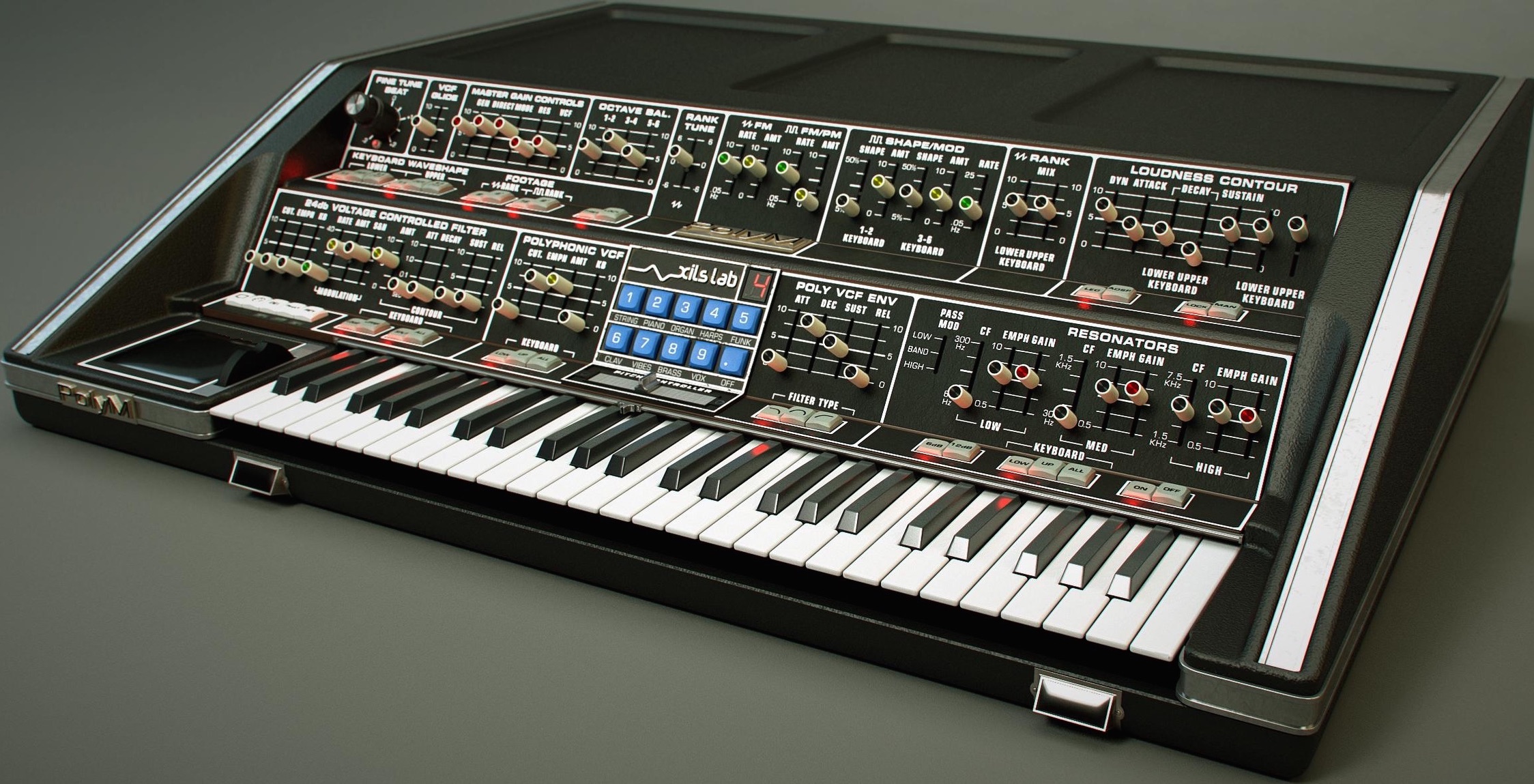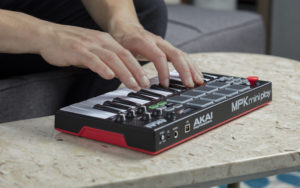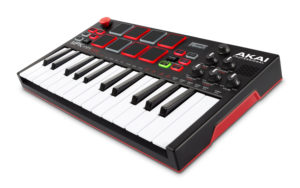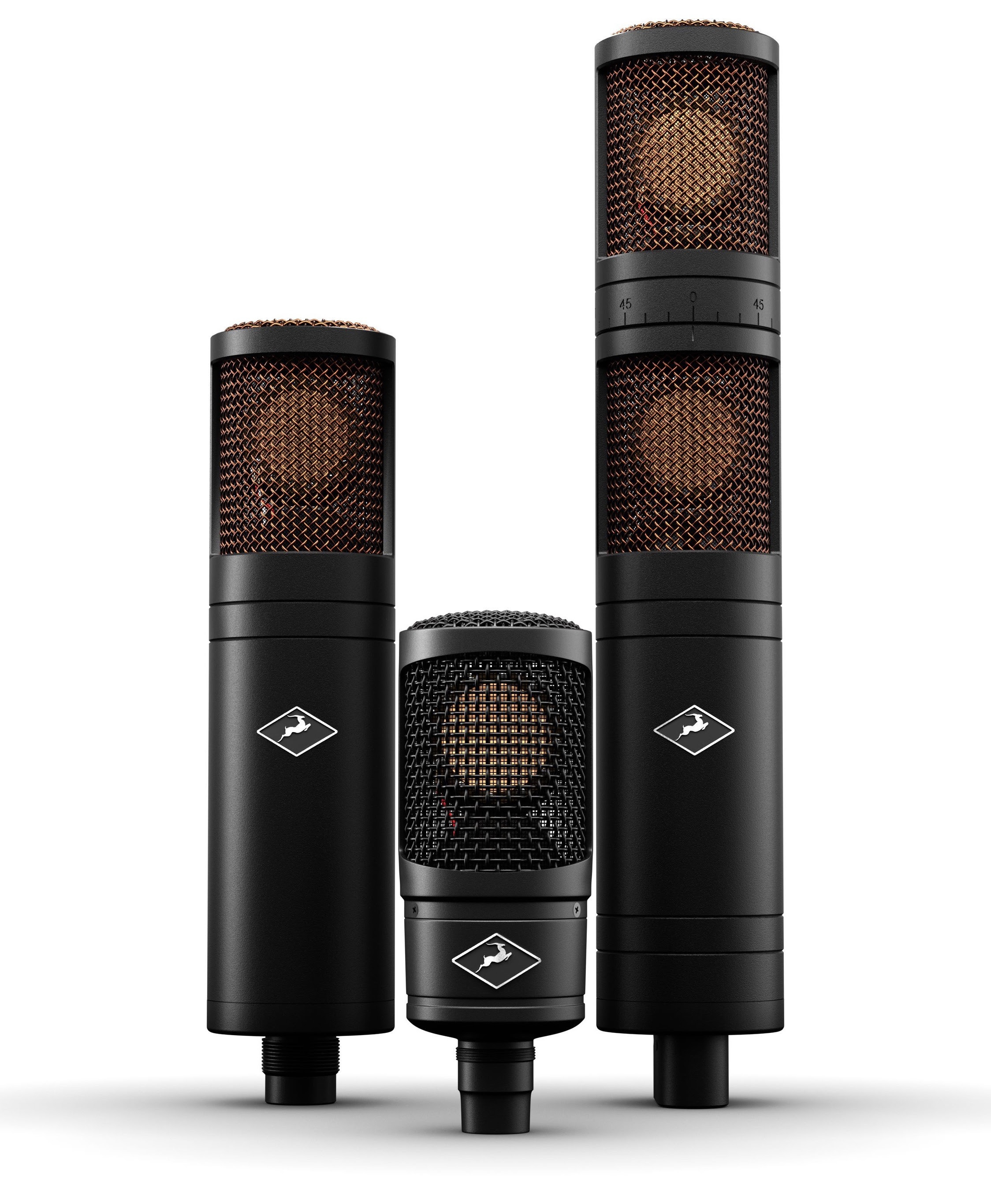Antelope Audio unveil all-new Edge Family of modeling microphones
Edge Solo, Edge Duo, and Edge Quadro large-diaphragm condensers deliver pristine cardioid, multi-pattern and 360° recording with stunning vintage mic emulations
September 17, 2018 — Following the success of the acclaimed Edge and Verge modeling microphones, Antelope Audio have unveiled the next evolution of their mic modeling technology. The new Edge Family consists of three large-diaphragm condensers — the fixed cardioid pattern Edge Solo, the multi-pattern Edge Duo, and the dual-capsule Edge Quadro.
Together with Antelope’s continually expanding range of vintage mic emulations, available both as native plug-ins and as FPGA FX running on Antelope’s own audio interfaces, the new Edge mics deliver the characteristic sound of some of the most sought-after mics of all time with incredible depth and realism. Developed specifically for each mic, the emulations are based on exacting measurements of the original mics made in one of the best anechoic chambers in Europe.
Set to ship in October, the Edge Family makes Antelope’s unrivaled mic modeling technology available at a variety of different price points while expanding the range of possible recording applications — from mono to stereo to 3D audio. Custom electronics designed by Antelope’s award-winning engineers deliver exceptional dynamic range and frequency response, resulting in an excellent microphone even before choosing your favorite vintage mic flavor.
Antelope Audio founder Igor Levin comments: “We are constantly looking to innovate and deliver greater value to our users. With the Edge Family, we’ve grown our mic modeling ecosystem into a complete recording solution. We set out to deliver not just the best modeling mics available but the best microphones in the industry, period.”
Introducing the new Edge Family
Exclusively built at Antelope’s European headquarters and featuring electronics designed by Igor Levin himself, the Edge Family are outstanding mics in their own right, with an exceptionally even frequency response and wide dynamic range. Their transparent, accurate response provides the perfect platform for Antelope’s remarkable mic emulations.
Edge Solo is the simplest of the three new mics. Connecting via a regular mono XLR cable, it houses a single large-diaphragm capsule with a fixed cardioid pickup pattern. It’s specifically designed to work hand-in-hand with Antelope’s mic modeling plug-ins to emulate some of the greatest cardioid- pattern mics in history.
Edge Duo features a dual-membrane capsule with independent outputs, allowing the signal from each membrane to be individually processed and recombined. This not only means users can vary the polar pattern from within the plug-in, even after recording, it also allows the Edge Duo to accurately emulate the characteristic pickup pattern and on- and off-axis response of each mic for true multi-dimensional mic modeling.
Edge Quadro is a game-changing stereo/surround mic with two dual-membrane capsules and a rotating head. Delivering four channels for independent processing will allow for stereo techniques like M/S, X/Y, Blumlein, and even 3D sound. Users can select a different emulation and polar pattern for each head. The upper head can be rotated noiselessly even while the microphone is actively recording, delivering virtually limitless variations in tonality and stereo image.
The Edge emulations: a mic locker full of classics
The Edge Solo, Duo, and Quadro boast an ever-growing library of stunning vintage mic emulations. There are 11 different emulations already available, with 7 more soon to be released — all free to Edge owners. For the Edge Solo, all 18 will be available from launch.
When used with any of Antelope’s mic preamp-equipped audio interfaces, the new Edge mics offer maximum accuracy and real-time mic emulation courtesy of the interfaces’ onboard FPGA processing.
Uniquely, Antelope also provide native versions of their mic modeling plug-ins, meaning that no additional hardware is required. Available in VST, AU, and AAX formats for both macOS and Windows, Antelope’s native AFX mic emulation plug-ins deliver the same minimal latency, high degree of oversampling, and precise floating-point calculations as their renowned FPGA effects.
Edge Family giveaway
To celebrate the launch of the new Edge Family, Antelope Audio are holding a prize draw. For the chance to win an Edge Solo, Edge Duo, or Edge Quadro, simply visit
https://en.antelopeaudio.com/edge-giveaway before October 8, 2018 and enter your details.














 — Akai Professional, a leading manufacturer of music equipment for performers and producers, today announced their newest product, the Akai Fire. Created in close collaboration with software manufacturer Image-Line, Fire finally gives FL Studio producers a dedicated hardware controller – designed to speed up the creative workflow and enhance the overall user experience. Released shortly after the successful launch of FL Studio 20, Fire celebrates the highly-anticipated arrival of FL Studio to the Mac OS platform, creating a completely new, hands-on way to interact with the popular DAW for PC and Mac users alike.
— Akai Professional, a leading manufacturer of music equipment for performers and producers, today announced their newest product, the Akai Fire. Created in close collaboration with software manufacturer Image-Line, Fire finally gives FL Studio producers a dedicated hardware controller – designed to speed up the creative workflow and enhance the overall user experience. Released shortly after the successful launch of FL Studio 20, Fire celebrates the highly-anticipated arrival of FL Studio to the Mac OS platform, creating a completely new, hands-on way to interact with the popular DAW for PC and Mac users alike.








